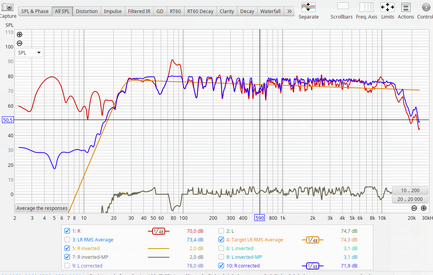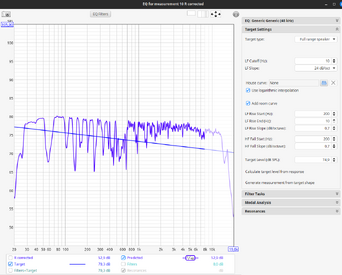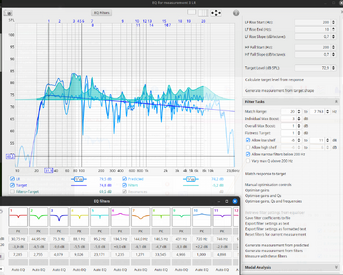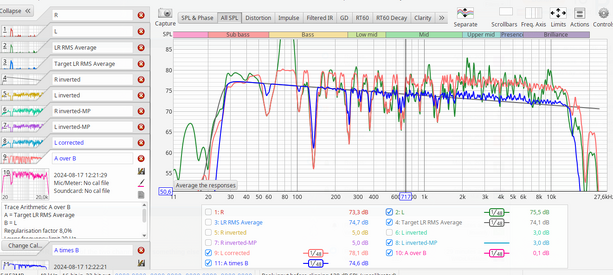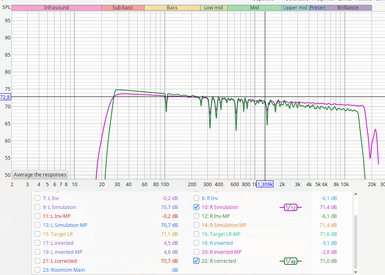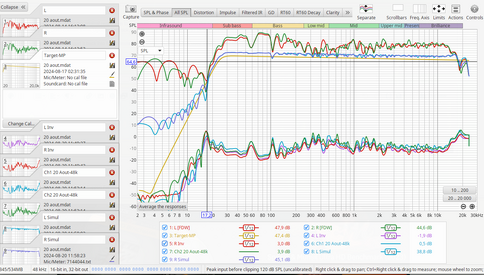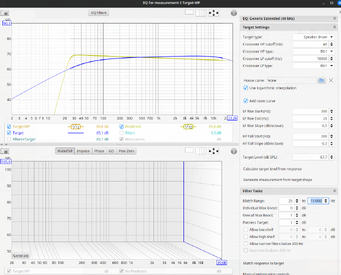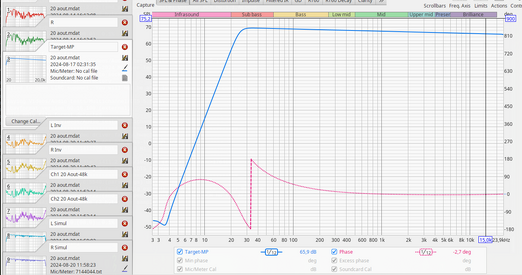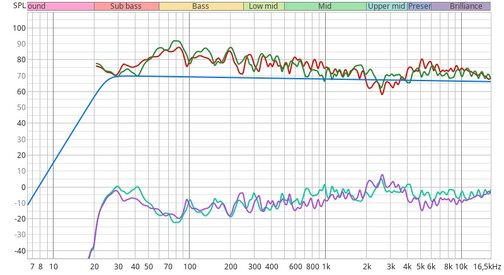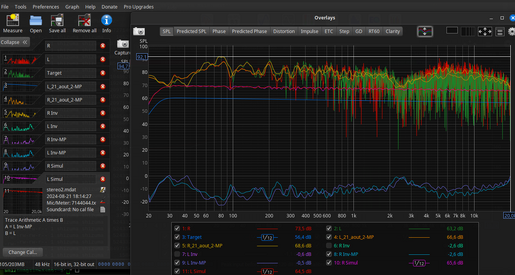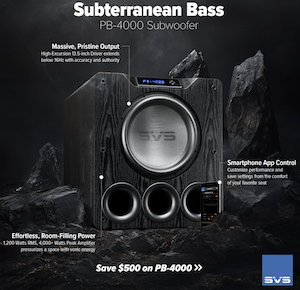I've got a new procedure for you. I just worked it out this morning and it's sounding great!
This is different than everything else I've seen out there, so bear with me. The goal here for me was to figure out a way to emulate macro 1 and macro 3 in Acourate as much as possible with REW. Macro 1 applies a psychoacoustic treatment to the response before the frequency-dependent window. Essentially, it removes the notch-like dips in the response, smoothing out the underside, before applying the FDW. If you apply the windowing in REW without any sort of treatment like that, the resulting response is not going to be true to its smoothed response, which is more accurate where filters are concerned. This is what Bob was trying to tell me. It is because in Room EQ Wizard, FDW will account for the dip "notches" that we need it to ignore since it doesn't apply the calculations to anything other than the original unsmoothed data... at least from what I can tell. Windowing in REW is always calculated based on the unsmoothed data containing the notches. Furthermore, the inversion is also calculated based on the unsmoothed data. The filters we export from these methods also appear to be unsmoothed, which isn't psychoacoustically treating anything. Acourate, on the other hand, does its inversion to the psychoacoustically smoothed data in macro 3.
I wanted the calculations in REW to be applied to my smoothed data rather than the unsmoothed data in the same way.
I solved this problem by first exporting the original responses as text files. In the
export measurement as text dialog I applied the 1/12 smoothing. Applying it here bakes it into the measurement.
View attachment 73064
Afterward I imported the text responses back into REW, which came in at 1/48 smoothing. Not a big deal, since they are baked/smoothed at 1/12 anyway. Next, I made minimum phase copies of them and deleted the imports. That was necessary because the imported responses don't come in with any phase data and we can't use them for anything. I wanted minimum phase copies anyway, so it worked out. That left me with fundamentally unsmoothed data that was identical to the original responses with 1/12 smoothing applied. Now the inversion calculations would be applied to the 1/12 data rather than the unsmoothed data, which would then result in unsmoothed 1/12 filters. That was the goal, after all. So I divided my minimum phase target (measurement 3) by my new minimum phase copies of the imports (measurements 4 and 5), and exported the resulting filter set (measurements 6 and 7) as a stereo IR wav as usual, ticking the export minphase version button upon export. This filter contains none of the ringing/resonant anomalies I was hearing before, and is very close to the sound of the Acourate filter. The other interesting thing here is that I didn't have to worry about FDW, since the 1/12 smoothing is excellent as-is.
View attachment 73067
View attachment 73065
View attachment 73066
Note the placement of the target and how I have it touching the responses around 70Hz, 100Hz, and 250Hz. It's important to get it sitting right underneath the response like this. This will always be case-specific. However, if you have a large interference null or two below the transition zone, you need to ignore them. In those cases, place the target at the level of the next-lowest dips and allow those interference nulls to drop below the target.
My target is sloped at 0.4 dB per octave for both high and low slope settings.
Also, note that I do not let anything invert over zero. No boosts (i.e. max gain equals 0.0).








